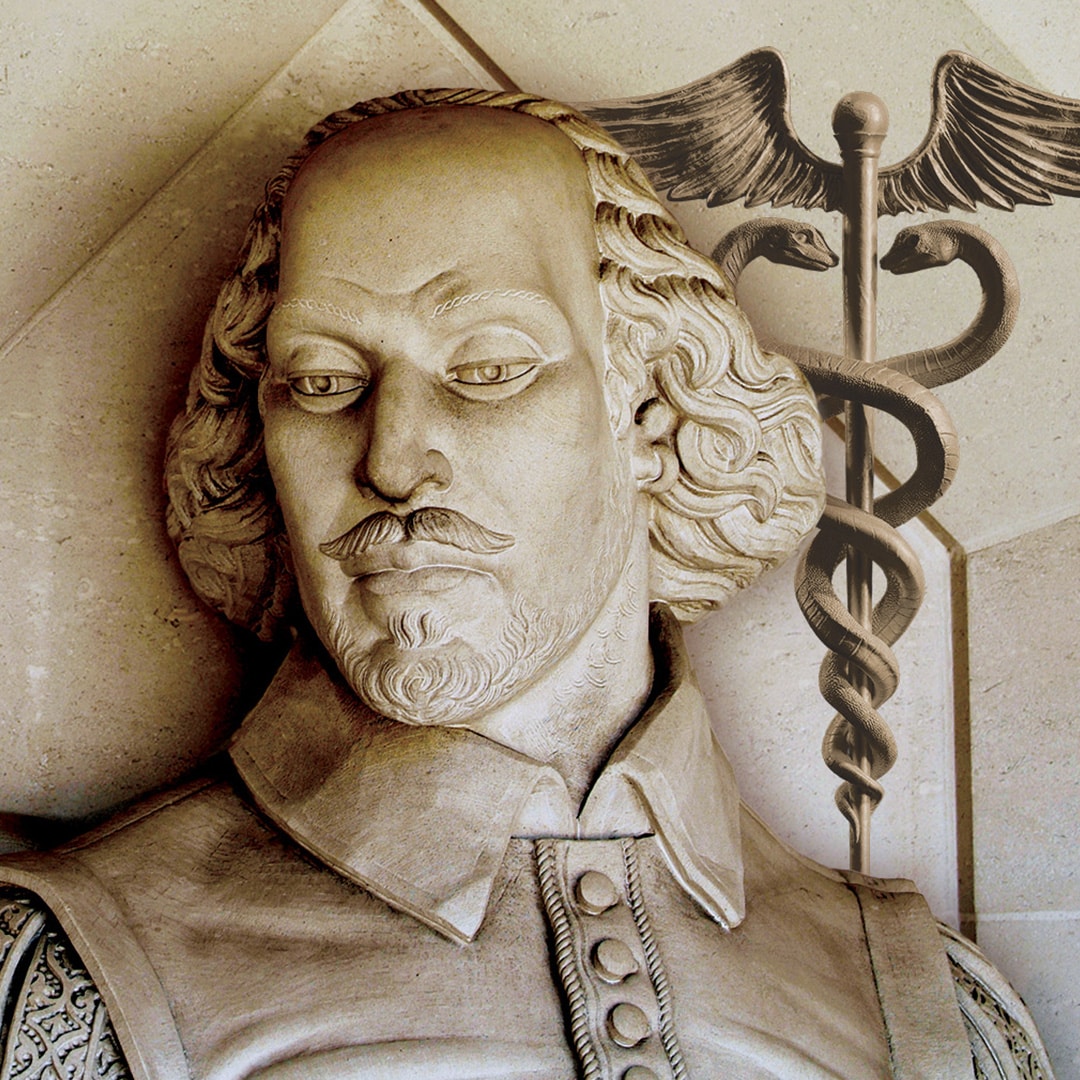Sounds like Welsh, but a true Kentucky boy
Thomas Hunt Morgan loved flies, fruit flies the best
Drosophila, through colored eyes, gave joy
To those seeking the keys to genes and test
The inheritance of behavior
Where chromosomes carry those genes to decide
Patterns in offspring, inherit the flavor
Of dominance or a recessive side
Importance in biology and health
When abnormalities produce defects
No longer does Downs creep like stealth
As gene maps reveal mutations effects
Morgan showed the red and white eyes of flies
Predicted genetic linkage, how wise
Backstory
Thomas Hunt Morgan was born in 1866 in Lexington, Kentucky, and became a professor in Bryn Mawr College – no wonder that I was confused about a putative, but erroneous, Welsh connection. He moved to Columbia University, as Professor of Experimental Zoology, and set up his famous “Fly Room”, where he and his students studied the genetics of Drosophila melanogaster, a fruit fly, for close to 20 years. They were able to demonstrate the chromosomal theory of inheritance, wherein genes are located on chromosomes, and where some genes are linked, being on the same chromosome and always inherited together. When red-eyed females were mated with white-eyed males, all the progeny had white eyes. However, when white-eyed females were mated with red-eyed males, all female offspring had red eyes and all males had white eyes. The conclusion was that the gene causing the eye color was located on the X- chromosome. These observations were published in the 1920’s and, in recognition for all of his work on inheritance and genetics, Morgan was awarded the Nobel Prize for Medicine in 1933.
These observations led to discoveries on chromosomal abnormalities, some of which are harmless but many lead to clinical disorders, such as Down’s and Edward’s syndromes. The structural abnormalities can involve deletion, duplication, translocation or inversion mutations. They usually occur when there is an error in cell division resulting in cells with either too few or too many copies of a chromosome.


